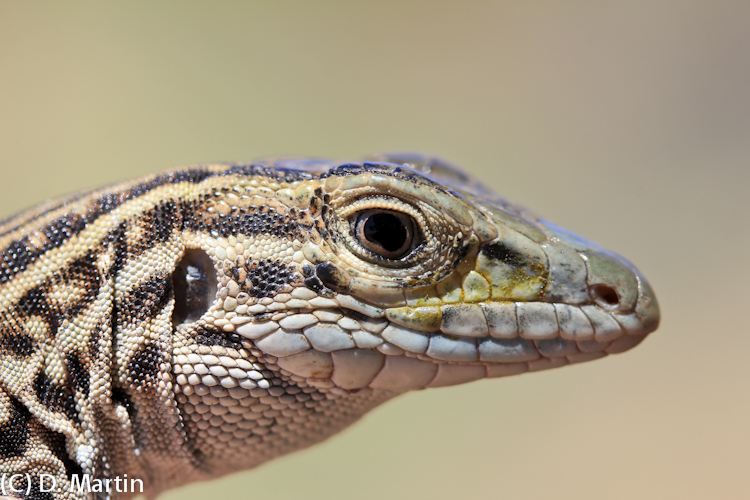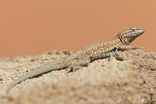This week saw the CSU crews on a ranch in El Paso County, Colorado for a few days before splitting up to cover Comanche and Pawnee National Grasslands. Danny spent the week (after Monday) working on getting out volunteer materials and lining up additional land access in New Mexico, Oklahoma and Kansas.
From the crews:
From the crews:
| Beth - "Sometimes, I’ll be nearing the end of a survey and not having seen any reptiles, I’ve given up on any hope of seeing any species on a survey plot. Then, without warning, a Lesser Earless Lizard will squirm across my line of sight in a barren landscape. Or a Prairie Rattlesnake will be waiting silently in the last burrow I check. I was surprised by some reptile species in a similar way this week by finding them in unexpected habitats. In sandy soils dotted with sagebrush I was not expecting to see a bright red Coachwhip scoot across a road, and I found an Ornate Box Turtle shell in a heavily-grazed shortgrass plot with no other species observed. It had me wondering at first if it could have some how been dropped there by mistake. Six-lined Racerunners looked like giants among Lesser Earless Lizards around a prairie dog town, shocking my search image, which was adjusted only for the smaller species. Spending so much time in the field every week reveals oddities and exceptions that I would not observe otherwise." Jake - “As the days get longer and hotter in the middle of summer, it can sometimes be difficult to keep up the motivation to keep looking for these elusive animals. It can get tiring, frustrating, and more often than not, those hot days won’t yield much in terms of reptile encounters. On the other hand, it can make those few encounters even more special than they otherwise would be. Just when you’re feeling like it’s time to give up hope on finding anything, you’ll run into a Lesser Earless Lizard or a Six-Lined Racerunner, and all that motivation will come rushing back. So while it can get difficult at times, it’s important to keep in mind what this research will benefit, and push on through the slow days.” | Celina - "When you're starting something new, absolutely everything is new and exciting - every new species is a lifer! Everybody loves having a life list of something - whether it's the birds or herps you've seen, what you've been bit by (not my favorite list to be honest), exciting places you've been; everybody keeps track of what's exciting to them. This week we had rain come through, and I thought to myself "Yes! It'll bring out so much stuff!" yet the week continued to be oh... so slow. Friday rolled around and I knew we were on our last survey of the week, and I was determined to find something new! Something exciting! I never seem to be good at finding the lizards or snakes hiding under cow patties- spiders and beetles and crickets, yes, but not reptiles. I was absolutely delighted when I lifted a cow patty to find a lifer and a species of a family that I love... a Many Lined Skink (see voucher photo above). I know they've been documented multiple times this summer by others, but I hadn't observed one yet. It was a perfect end to the week and a lesson in perseverance - just because only 1 out of 500 cow patties(/rocks/logs) has a herp under it, doesn't mean you shouldn't lift it up anyway and hope it's the lucky one. You never know! Devin - "Late this week, Celina and I broke off from the other crew members to survey a few sites on the Pawnee National Grasslands in northeastern Colorado. This was a new environment to survey for me and I was excited to see what we would be able to find up there. On one of our road cruises, I found a pair of bull snakes that were very close to each other. I don't usually see two snakes together that often, so I assumed that they were a breeding pair. On top of that we saw nearly 20 Lesser Earless lizards on the drive between survey sites the previous day!" |



 RSS Feed
RSS Feed
